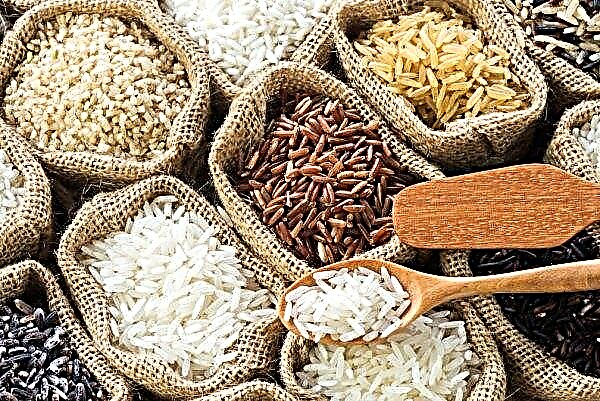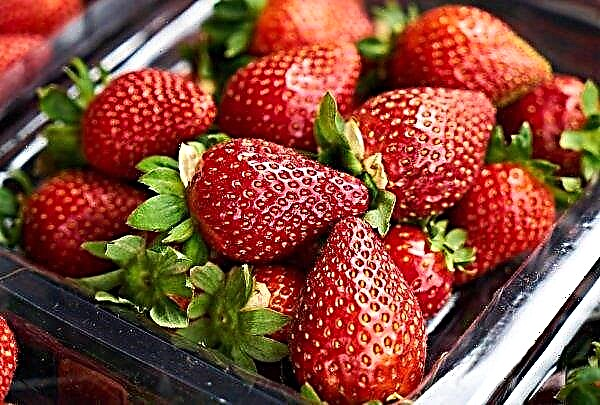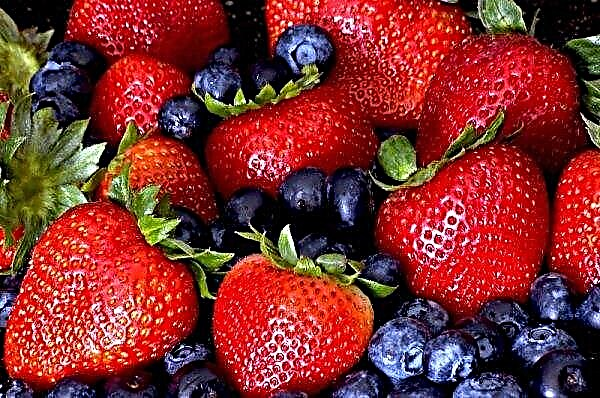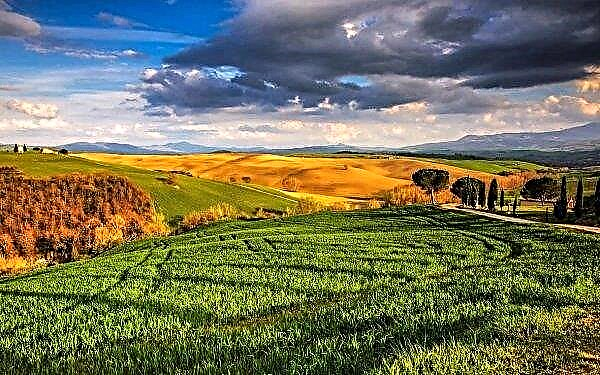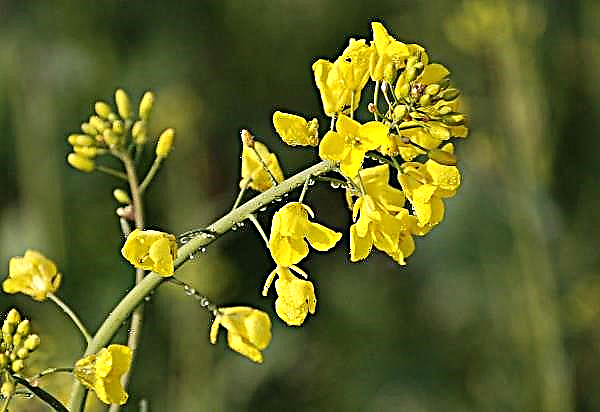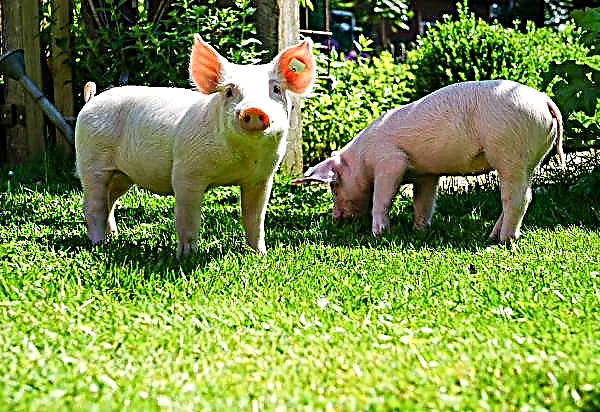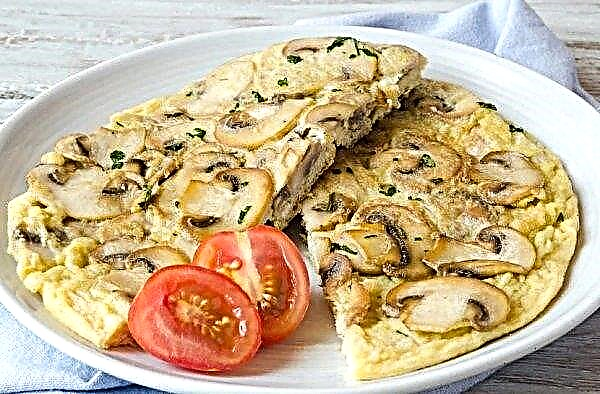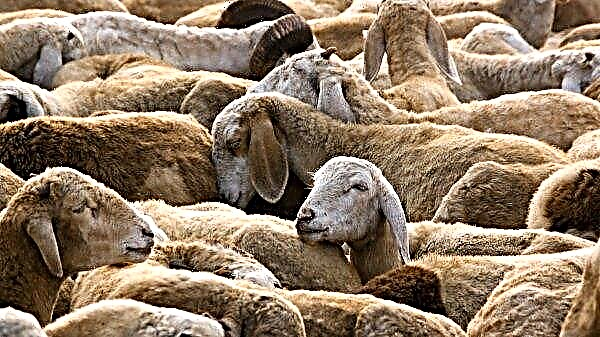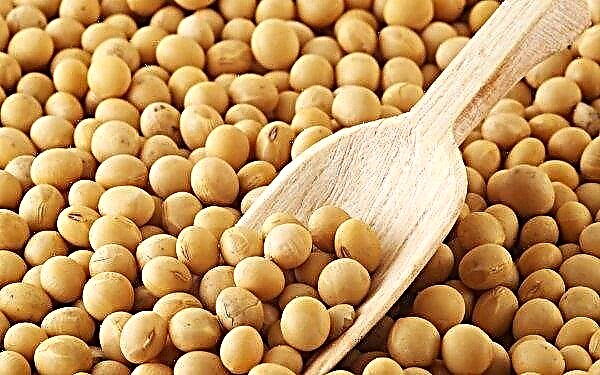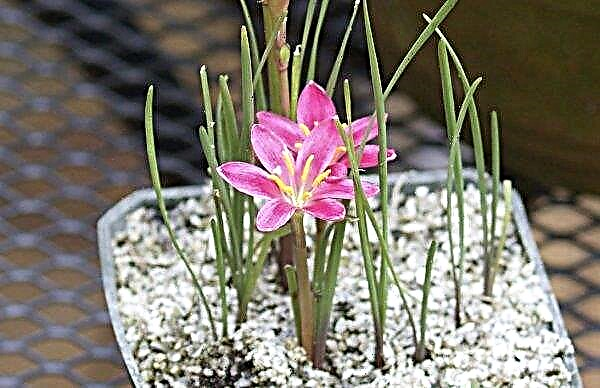This article focuses on the varieties of Canadian and Western Tsugi, which is an evergreen coniferous plant of the Pine family. Tsuga can be both high and dwarf. The tree is used in landscape design due to its beauty, compactness and unusual appearance. Learn about varietal diversity and read descriptions of several members of the genus.
Description of the types of Tsugi Canadian and Western
Tsugu grow in nature in East Asia and North America. Many species are quite winter-resistant, therefore it is quite possible to grow them in the middle band. The main requirements of the plant are soil fertility and moisture. A feature of the genus is shade tolerance.
Canadian Tsuga (Tsuga canadensis) is a naturally slender tree with a conical crown shape. Shoots are located horizontally, they hang at the ends to the ground. Flat fine needles have longitudinal grooves. Its color is dark green. And the cones of the plant are oval, small.
Tsuga heterophylla (western) is a tall tree (up to 60 m) with a red-brown bark. Horizontally growing branches hang at the ends. The shape of the crown resembles a pin. Needles needles - linear with a rounded edge, small cones have characteristic scales - their length is greater than the width. The tree grows quickly and prefers moist air, moisture-rich soil and protection from the wind. There are dwarf varieties of Western Tsugi, for example, Konik, the maximum height of this plant is 3 meters. Western Tsuga is a highly decorative plant.Did you know? The Indians of America weaved baskets from Tsugi and dyed their wool.
Common varieties
Representatives of the Canadian tsuga species grow slowly and are considered unpretentious.
Below are considered:
- Nana
- Iceberg;
- Gentsh White;
- Hebefolia;
- Weeping Pendula;
- Jervis
- Fastigiata;
- Young con.
Video: Canadian Tsugu Review
Such as Nana or Pendula, more like shrubs. Hebefolia is a charming dwarf variety from the United States. Gentsh White is a very beautiful coniferous plant, which is distinguished by the color of the needles, they have two white strips on the inside. Jervis is an asymmetric dwarf representative of the species, and Pendula is a weeping tree with shiny needles. A little reminiscent of a spruce cultivar Fastigiata, and the handsome Yang Kon looks like a green bouquet. Decorative Iceberg has a characteristic light green needles.
Nana
This variety is widespread in the gardening of Western Europe. Tsuga Nana is an unusual dwarf form.
The description is as follows:Important! Tsuga is not suitable for urban gardening, trees die from the dry, dirty air of large settlements.
- adult tree height - no more than 1 m;
- crown width - 1.5–2 m;
- growth is slow, wider than long;
- the needles are richly green, shiny, short, a new growth is lighter;
- ideal variety for sculptural trimming;
- branches grow to the sides, their ends hang down;
- small ovate cones - up to 2 cm in length.

In the southern regions, the cultivation of Nana is possible. It is necessary to irrigate the tree more often, plant it in fertile soil, and maintain moisture. Group planting and creating a microclimate give excellent results.
Iceberg
The variety is rare, eye-catching. The iceberg has the following characteristics:
- height - no more than 1.5 m;
- branches - horizontal hanging at the very ends;
- width - twice as long as length;
- needles - densely growing;
- the color of the needles is light green;
- white color of young shoots.

The plant is shade tolerant and undemanding to the soil. It is not necessary to form a crown, because over time the tree takes on a decorative, sophisticated look. Eisberg looks great with plantings of a darker color, in harmony with flowers and other conifers.
Gentsh white
Gentsch White - bred at the end of the 20th century. A small shrub that grows as much as 1.5 meters.
Did you know? Vitamins C-rich tea was made in America from needles in America.
It has the following features:
- the young crown is shapeless, over time - oval in shape, dense;
- the needles are dark green, characterized by light whitish stripes;
- new branches cream in color;
- in the cold season, the color is brighter;
- annual growth - up to 10 cm maximum;
- winter-hardy variety with protection against frost and wind.

Gentsh White does not like stagnation of moisture in the soil and grows well in fertile acidic soil. It tolerates shadow and partial shade. It can also grow in the sun. The variety is used in a variety of styles: both as a single planting, and for the design of rocky sections of gardens and ground grass.
Hebefolia
Hebefolia is a shade-tolerant variety native to the United States. The plant does not tolerate transplant. Preference is given to fertile soils.
Hebefolia has the following characteristics:
- wide rounded gray-green needles, which gave the name to the variety (they look like tiny leaves of a plant of the genus Hebe);
- an increase of up to 1.5 cm per year;
- frost resistance is low;
- branches pointing at an angle up;
- such a preference in the light: the presence of the sun or partial shade.
 It is possible to buy a tree for your site, but it is not yet so popular. A wonderful small coniferous plant will decorate any garden. The combination of conifers with such amazing needles with other pine species will make a highlight in the design of the area.
It is possible to buy a tree for your site, but it is not yet so popular. A wonderful small coniferous plant will decorate any garden. The combination of conifers with such amazing needles with other pine species will make a highlight in the design of the area.
Weeping pendula
Pendula is a small weeping Tsuga. May have the same width and height. The silhouette of the tree is incredibly delicate - it resembles a willow by the water. Ideal for shaded areas.
Important! Tsugi rodents are very harmful to the bark, so trees must be protected.
Its description is as follows:
- krone - broad-pyramidal or cascading;
- needles - short, thick, flat, small, its ends rounded;
- the color of the needles is dark green with shine;
- the ends of the branches and side shoots are hanging;
- small cones are grayish-brown.

Jervis
Asymmetric lush crown of the Jervis variety will not leave indifferent gardeners due to its beauty.
Did you know? In the wild, a tree survives up to eight hundred years.
This plant has such qualities and characteristics:
- by 10 years, the height reaches only 0.3 m;
- crown diameter - 0.6–0.8 m, maximum - 1 m;
- the needles are soft, up to 1.5 cm long, grows densely, in color - saturated green;
- oval grayish-brown cones grow up to 2.5 cm;
- cones grow only on an adult tree;
- frost resistance is average;
- shade tolerance is good, but light is preferred;
- The soil likes cultivated soil, moistened, fertile.
 In rockeries and on lawns, in landscape compositions Jervis is widely used. Used in group landings. The variety likes sprinkling of the crown, top dressing with mineral fertilizers, and does not tolerate transplants.
In rockeries and on lawns, in landscape compositions Jervis is widely used. Used in group landings. The variety likes sprinkling of the crown, top dressing with mineral fertilizers, and does not tolerate transplants.
Fastigiata
Tsuga Canadian Fastigiata has a shrubby crown shape.
The tree is characterized by:
- slow growth;
- conical shape;
- dark green short glossy needles;
- horizontal shoots with drooping ends;
- up to 1–2 m high (grows higher in the southern regions);
- crown width up to 60 cm;
- preference in fertile sandy loam and loam;
- the requirement for additional watering in a dry summer;
- the need for wind protection.
 Perfectly Fastigiata looks in rock gardens.
Perfectly Fastigiata looks in rock gardens.
Young con
Dwarf Yang Kon is a pyramidal conifer. By 10 years, it grows to 120 cm.
It has such qualities:
- weeping branches;
- copious early appearance of female cones;
- crown color - from grayish to green.
It prefers this type of Tsugi penumbra and moist fertile soil. It is frost-resistant, but also demanding for humidification. You can combine the plant with stony areas (rockeries), in single and combined plantings. Group planting contributes to the survival of Tsugi.Important! Young seedlings require phosphate fertilizers.
Use in landscape design
The decorativeness and sophistication of the Canadian Tsugi makes the varieties of this coniferous plant applicable in landscape design very widely. Small and wide representatives in combination with perennial flowers and shrubs look beautiful.
Stony areas are complemented by weeping branches of Tsugi. In rockeries and rock gardens dwarf forms are ideal. The compactness of the crown makes it possible to plant varieties in small areas, decorate stone gardens, and shades of needles of different varieties can be used to play with tones of other green plants. It is good to plant a weeping tree near a reservoir or to combine representatives of the species with creeping branches with higher conifers. A stepped, descending landing makes the green zone of a summer cottage or a private sector attractive.
Tsugi have long been used in the West, but have become popular in Russia. Coniferous plants are unpretentious. Namely, the varieties of Canadian and Western Tsugi need protection from draft, sunburn - especially young seedlings in winter. If the gardener manages to maintain soil fertility and a humid microclimate, then the cultivation of these charming plants will emphasize the style of his plot.


